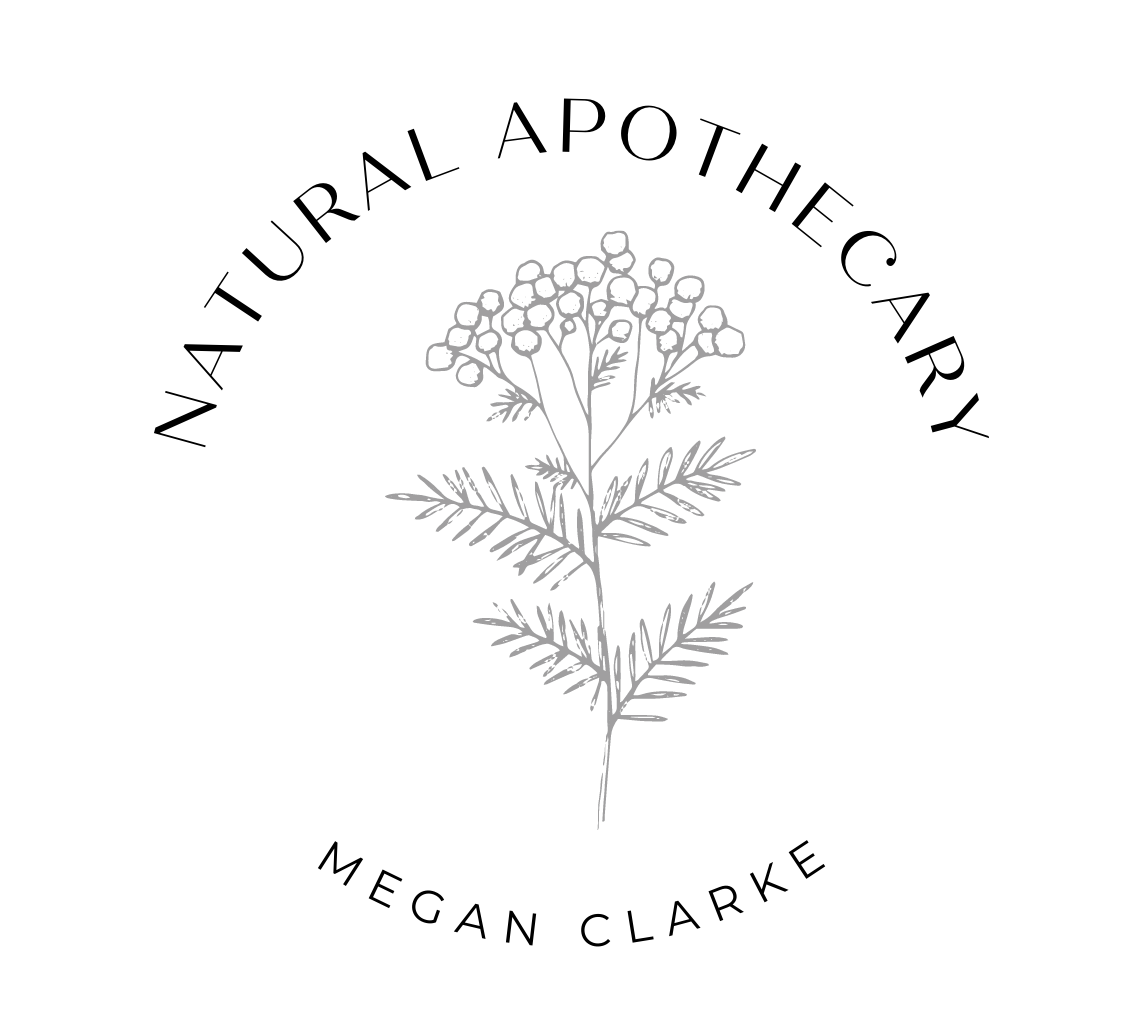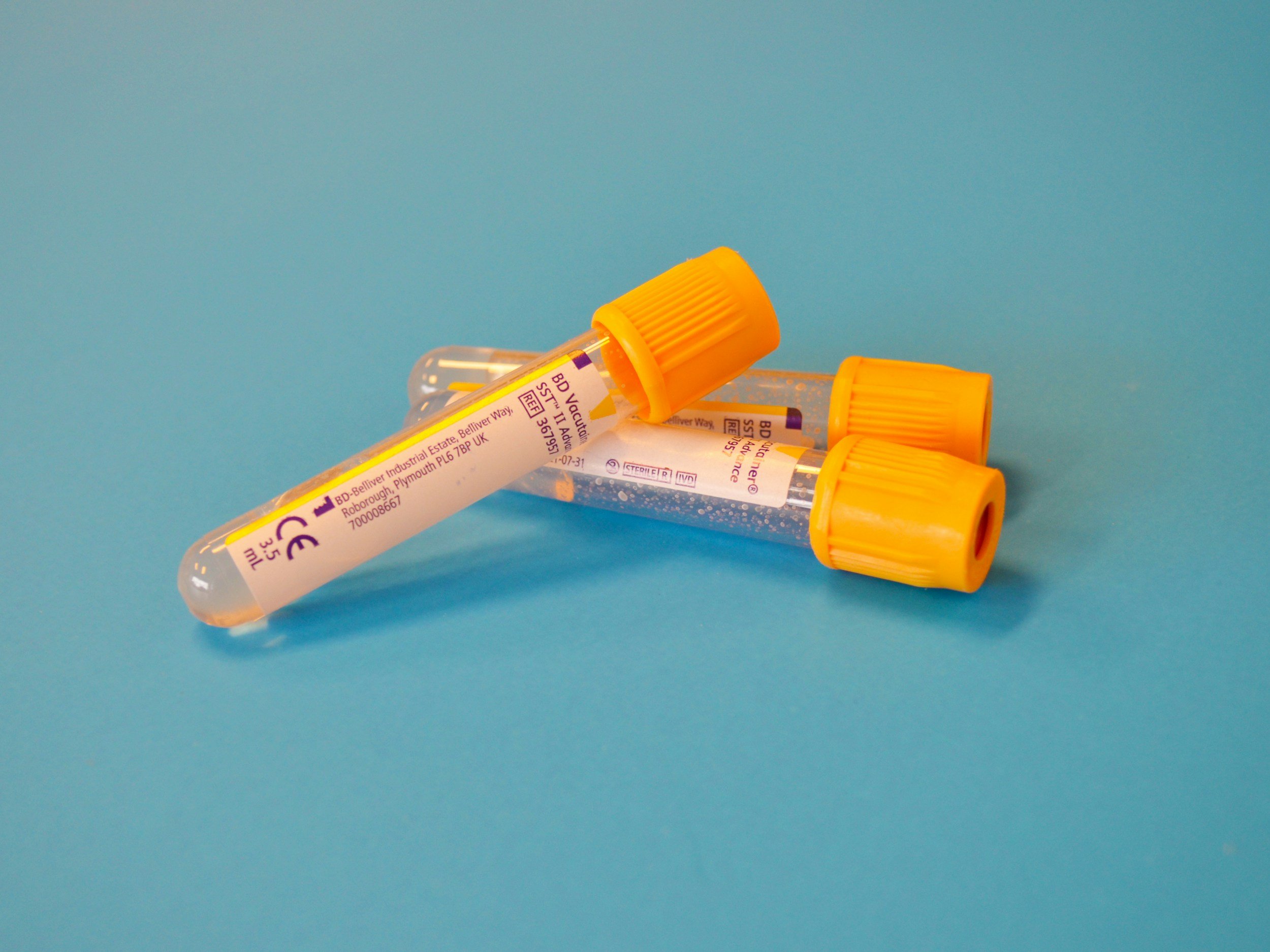Long COVID
Recent estimates suggest that approximately 10% of all COVID cases transition to LC, equating to over 65 million people globally, with an estimated 260,000 cases in New Zealand and 1.2 million in Australia. The impact on patients’ lives is profound, with 3–18% of people with LC reporting an inability to return to work at 12-month follow-up, leading to a substantial burden on families, healthcare systems and the workforce.
Whilst some of the pathology mirrors other post-viral sequelae, such as those seen in CMV, EBV and ME/CFS, much of the presentation is novel to our previous understanding of post-viral conditions. Hospitalised cases have the highest transition rate with 50–70% of cases leading to Long COVID.
10–30% of those with COVID-19 that did not require hospitalisation proceed to LC and is the aetiology of most LC cases.
Even vaccinated individuals are not immune, with 10–12% of those proceeding to LC, as reported by medical professionals.
In the quest to understand LC, the focus has shifted from angiotensin-converting enzyme 2 (ACE2) inhibitors to a more comprehensive approach targeting core pathologies.
One key aspect of monitoring LC is the D-dimer test, which measures protein fragments released when blood clots dissolve.
This test was historically used to monitor blood clotting conditions and is undetectable, or at extremely low levels, when in normal range.
I assess various aspects of blood viscosity on Bio-resonance and may use blood thinning herbs such as Dan Shen accordingly if there are no drug herb interactions.
LC symptom resolution can occur when the creating and breaking down of clots happen at an equal rate, but clot formation may still be far above normal blood clotting rates.
Beyond just resolving symptoms, monitoring D-dimer levels offers us insight into excess clot formation.
Similar to how high blood sugars in diabetes may not manifest symptoms but are crucial to address and monitor through blood tests, the absence of symptoms in LC does not diminish the importance of treating excessive clotting and potential endothelial damage until D-dimer levels normalise in blood tests.
Beyond just resolving symptoms, monitoring D-dimer levels offers us insight into excess clot formation.
Similar to how high blood sugars in diabetes may not manifest symptoms but are crucial to address and monitor through blood tests, the absence of symptoms in LC does not diminish the importance of treating excessive clotting and potential endothelial damage until D-dimer levels normalise in blood tests.
Recent research has led to the selection of specific supplements for managing Long COVID.
These five areas of focus are:
Enzymes for protein debris and folded proteins/amyloids
Antioxidants, offsetting the specific and excess reactive oxygen species (ROS) produced with the inflammatory reactions
Supporting inflammatory pathways through downregulation
Addressing nutritional deficiencies both pre-Long COVID and those induced by Long COVID
Supporting the innate immune system to minimise re-occurrence
Enzymes
Enzyme support is a promising starting point, as endothelial damage from acute COVID can be sufficient to create many of the LC symptoms. If LC persists beyond 3 months, the pathology may be due to the generation of damaged-cell debris and folded proteins, similar to the pathology seen in cognitive and blood dyscrasia conditions like Alzheimer’s, dementia, Parkinson’s and concussion syndrome.
Proteolytic enzymes such as nattokinase, serrapeptidase and lumbrokinase have shown promise in reducing folded proteins and inflammatory debris.
Lumbrokinase in particular has been found to be the most active proteolytic enzyme, functioning at 10+ times the enzymatic power of nattokinase and serrapeptidase.
As each of these enzymes acts on a variation of proteins, and with the folded protein and debris field presenting as diverse and extensive, a blend of multiple enzymes appears to be the most likely approach, at least until we know more.
Please be aware that until you are assessed it is not wise do do any of this on your own as these enzymes can dislodge biofilms and we need your drainage pathways working optimally.
Antioxidants
Again, a mix of antioxidants, just like a broad approach for enzymes, appears to produce the greatest support.
A few key antioxidants stand out as particularly targeted for the oxidative stress generated with LC. Liposomal glutathione has been shown to be particularly beneficial for supporting many LC symptoms. Its ability to cross the blood-brain barrier supports neural inflammation (seen corresponding with the brain fog and cognitive impact of LC) but also inflammation seen along the enteric nerve tissue and debris-caused capillary inflammation.
Lutein, another key antioxidant, has an affinity for retinal, optic nerve, cardiometabolic and central nerve tissue support.
The combination of these two antioxidants, along with a blend of other antioxidants, appears to offer the strongest support for downgrading overall oxidative stress seen in LC.
Anti-inflammatories
Addressing inflammation and cytokine storms is another key aspect of LC management. Broad-spectrum approaches found in fish oils (EPA/DHA/SPMs) and liposomal vitamin C are trending as the most utilised options.
Curcumin, Boswellia and PEA have replaced NSAIDS and show promise in supporting the modulation of chronic inflammation associated with LC.
Nutritional deficiencies
Whether pre-existing or depleted from managing LC’s ongoing inflammatory response, nutritional deficiencies are common and may increase the risk of developing the condition or even prevent resolution.
B vitamins (particularly B6 and B12), molybdenum, protein, selenium, vitamin D, and zinc are among the most common deficiencies observed.
Addressing these deficiencies through targeted supplementation and/or dietary changes may support the body’s healing processes and improve your outcomes.
Innate immune system
Finally, it is important to address your innate immune response strength. COVID infections are in part a race to adaptive acquired immune response.
The first line of defence is the innate immune response, but COVID inhibits macrophages, among other mechanisms, to protect itself from the immune system.
If COVID exceeds the innate system before the acquired system kicks in, then illness and cellular damage occur.
It is a large component of the risk factors observed: nutritional deficiencies, diabetes, hypertension and advanced age are all areas where we commonly see reductions in innate immune system.
Supporting your known nutritional deficiencies, as well as lifestyle interventions that support healthy stress management, good sleep and optimal gut health may bolster the innate immune response.
Conclusion
LC presents a complex challenge characterised by its 200+ varied symptoms. The significant impact on peoples quality of life and the pending burden on the healthcare system necessitates us finding solutions as quickly as feasible.
Initial protocols stemmed from known treatments for the underlying pathologies such as endothelial damage, oxidative stress, inflammation, nutritional deficiencies and general immune support.
Current research and clinical practice are paving the way for more targeted interventions, with promising results from treatments like proteolytic enzymes, targeted antioxidants and lifestyle interventions.




